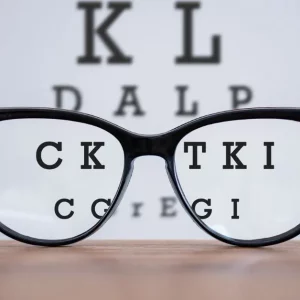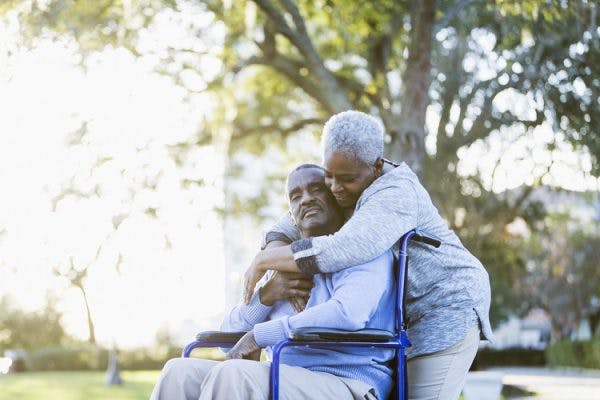Cognitive-Behavioral Therapy (CBT) offers an effective way to help people cope with the emotional and psychological tolls of traumatic brain injury.
There are several different CBT strategies that you can try, depending on what you want to improve. Today’s article will walk you through all the various cognitive therapies and how they treat the effects of traumatic brain injury.
Post-TBI Conditions Addressed by Cognitive-Behavioral Therapy
Most brain injuries, no matter how severe, will cause the person to experience emotional and behavioral changes. These changes can include:
- Emotional lability, which can cause extreme mood swings
- Anxiety disorders, which can include panic disorders and OCD (obsessive-compulsive disorder)
- Depression
- Orbitofrontal syndrome, which can include impulsive behaviors or personality disorders
- Flat affect, which can cause a lack or “flattening” of emotional expression
- Lack of empathy and social skills.
Unfortunately, these issues can cause unnecessary suffering. Some, such as severe depression and anxiety, can even halt recovery. That’s why it is crucial to find treatment as soon as possible.
That’s where cognitive-behavioral therapy comes in. With the right coping methods, you can learn to manage the emotional effects of brain injury so that they no longer dictate your actions.
What is Cognitive-Behavioral Therapy?
Cognitive-behavioral therapy has been demonstrated as effective by over 1,000 studies on 10,000 patients. This makes it one of the most scientifically verified psychotherapy treatments available.
CBT has been successfully used on a variety of disorders, including traumatic brain injury patients with post-concussional symptoms and secondary effects such as anxiety and fatigue.
A primary goal of CTB is to help people understand why they behave the way they do. It is built around three core principles: 1) beliefs create feelings, 2) feelings dictate behavior, and 3) behavior reinforces beliefs.
Therefore, to get to the root of the behavioral problems after traumatic brain injury, most cognitive-behavioral therapy treatments focus on uncovering unhealthy thinking patterns.
Cognitive-Behavioral Therapy Strategies for TBI Patients

The goal of cognitive-behavioral therapy after traumatic brain injury is to retrain your brain to replace negative thoughts with positive ones. Therapists might use several strategies to accomplish this, such as:
- Cognitive Restructuring Techniques. Cognitive restructuring teaches people to identify “automatic thoughts” and question them. Most of the time, we accept these thoughts as accurate. But after a traumatic brain injury, those automatic thoughts tend to be dysfunctional. Cognitive restructuring helps you eliminate negative thoughts and find better, more accurate beliefs.
- Successive Approximation. This CBT technique is perfectly suited for TBI patients who struggle with low motivation. The therapy works by starting the patient out with a simple task that is similar to the more difficult task that they struggle with. Once the person masters that task, the harder one feels less daunting.
- Activity Scheduling (Behavioral Activation). Activity scheduling helps people plan and initiate positive behaviors such as going for a walk or meditating. It also targets harmful behavior that only worsens symptoms, such as social isolation and inactivity.
- Skills Training. Many of the emotional problems that TBI patients experience stem from not having the appropriate skills to handle the situations they encounter. Fortunately, CBT can help remedy this problem through skills training. Some common skills that cognitive-behavioral therapists might focus on include social communication, problem-solving, and assertiveness.
CBT therapy sessions are usually intense and require at least some level of self-awareness. Therefore, it may not be suitable for TBI patients with severe cognitive deficits.
Acceptance and Commitment Therapy (ACT)

Acceptance and Commitment is a new type of therapy that combines elements of mindfulness meditation with cognitive-behavioral therapy. Like cognitive restructuring, it tries to help people transform their unhealthy thoughts.
ACT uses several techniques to help the patient overcome harmful beliefs and feelings. Some of these include:
- Defusion. Instead of arguing with negative thoughts, which can make them appear valid, ACT therapists will tell their patients to simply not engage. This is especially helpful when these thoughts are deep-rooted.
- Mindfulness. The next step is to learn how to stay grounded in the present, without trying to interpret anything or predict what will happen.
- Clarity. With this step, the patient discovers what is most important to them. This helps the person clarify their goals and values and learn to recognize behavior that sabotages that goal.
- Commitment. Finally, therapists will help the patient create and execute plans that will let them reach their goals. This is the most important step and requires serious participation in order to work effectively.
Although ACT is a newer therapy, it shows a lot of promise for people with traumatic brain injury.
Cognitive-Behavioral Therapy After TBI
If you struggle with depression or other mental health issues after brain injury, cognitive behavioral therapy can help improve your quality of life.
However, since CBT requires some self-awareness skills, it may not work for TBI patients with severe cognitive deficits. For those patients, other forms of behavioral therapy would be a better fit.
To figure out whether CBT is right for you, schedule a consultation with a cognitive therapist. He or she will assess you and help you find the strategies that will work best with your needs.










